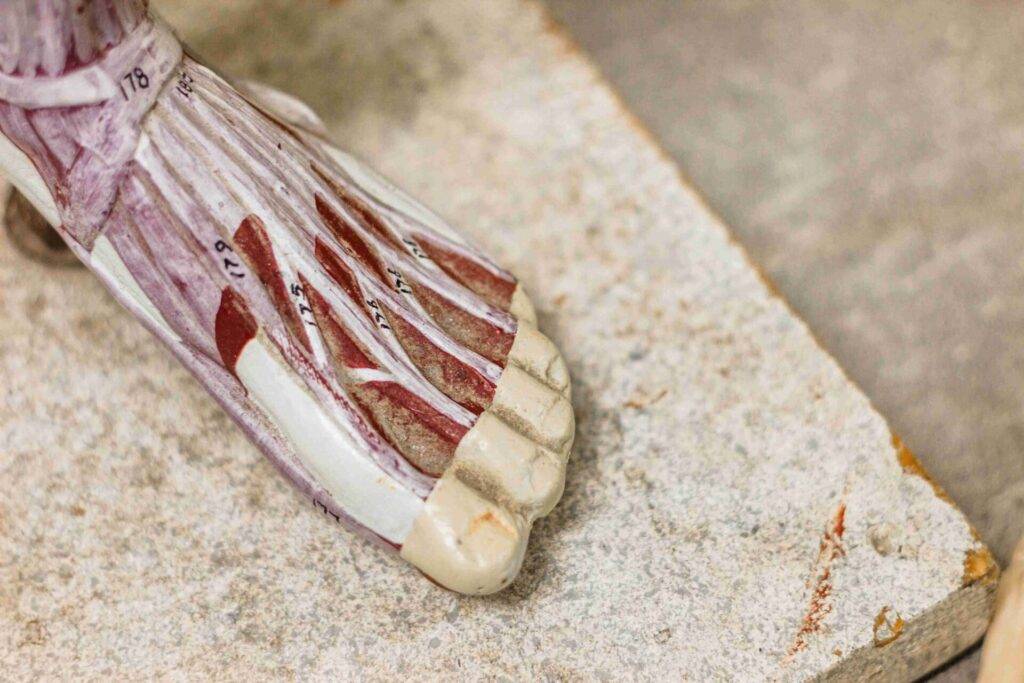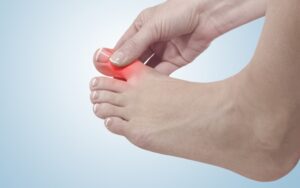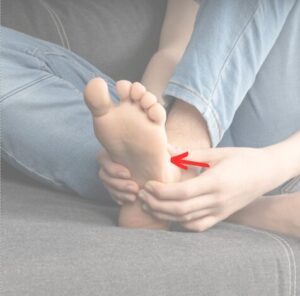What is a Tarsal Coalition? Learn more about its symptoms and Causes
A tarsal coalition (also known as peroneal spastic flatfoot, calcaneonavicular bar, talocalcaneal bar, tarsal synostosis, or tarsal dysostosis) is an abnormal connection that develops between two bones in the back of the foot (the tarsal bones). This abnormal connection, which can be composed of bone, cartilage or fibrous tissue, may lead to limited motion and pain in one or both feet.
The tarsal bones are the seven bones that make up the heel and the midfoot. The metatarsals and the phalanges are connected to the tarsals and form the forefoot. A tarsal coalition can affect any of the tarsal bones; all but two types of tarsal coalitions are extremely rare.
This is a congenital condition, meaning that it is normally detected at birth but does not present until early adolescence. As a result, children do not usually present with painful symptoms until 10-16 years of age, when the foot bones begin to mature.
What are the symptoms of Tarsal Coalition?
The most common symptom-related to a tarsal coalition is pain and a stiff, flat foot. Children often present after an ankle sprain that just never seems to get better. The most common symptoms of tarsal coalition are:
- Pain (ranging from mild to severe) around the ankle and foot when standing, walking or running
- Stiff, flat foot (in one or both feet)
- Walking with a limp
- Awkward or an unbalanced gait
- Tired or easily fatigued legs
- Muscle spasms in the outer leg, causing the foot to turn outward
- Difficulties keeping up with their peers in school sports
It is important to note that not all Tarsal Coalitions cause symptoms and many people can have a Tarsal Coalition and never know they have it.
What are the causes of Tarsal Coalition?
Most often, tarsal coalition occurs during foetal development, resulting in the individual bones not forming properly. Less common causes include infection, arthritis, or a previous injury to the area.
Tarsal coalition is genetic, meaning that it runs in families. It can become a problem because it can seriously affect the way the bones of the foot move as we walk. To function correctly, all of the bones of the foot must move in relationship to each other. If the movement between two bones is abnormal or non-existent, the motion in other joints is disrupted. The abnormal motion increases the stress on other joints. Over time, this leads to wear and tear on those joints and finally, it leads to pain.
Are any of these symptoms present to you or your child? One of our podiatrist can check and assess your condition to determine what treatment options are best suited to get you back on your feet. ✅
Schedule an appointment here or you may call us at 44 (0) 207 101 4000. 📞
We hope you have a feetastic day! 👣☀️
-The Chelsea Clinic and Team




